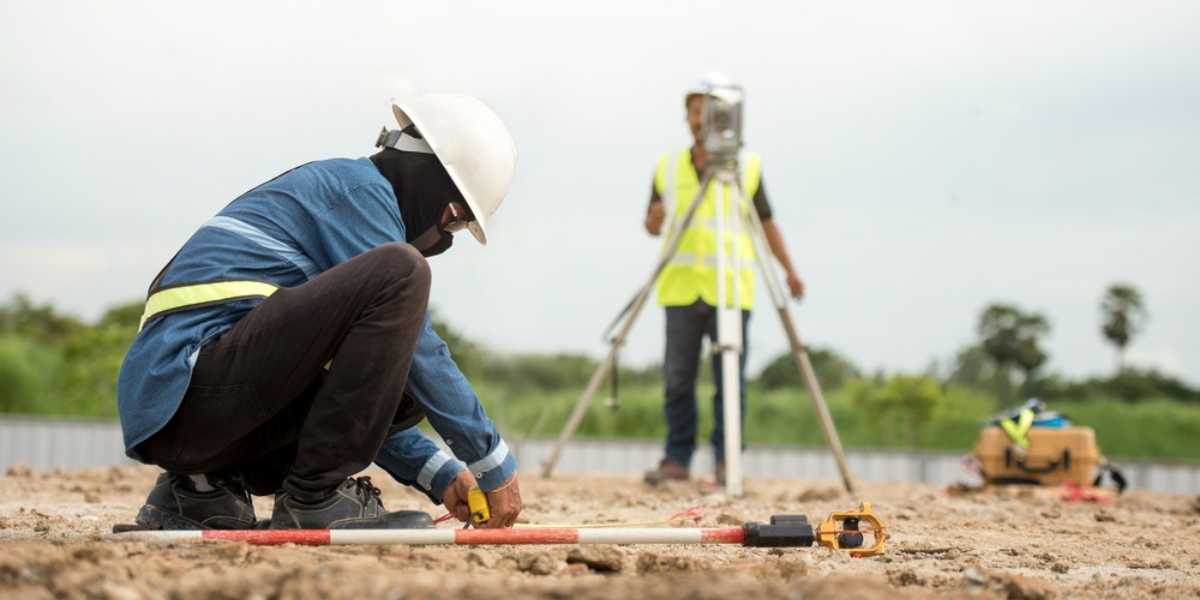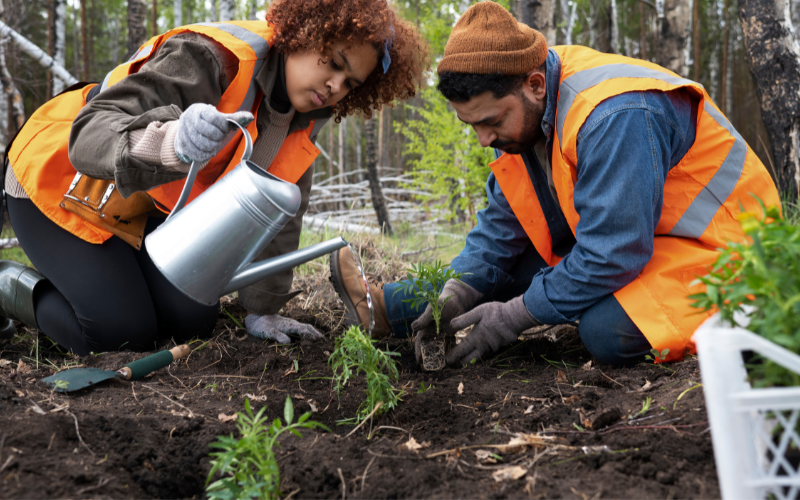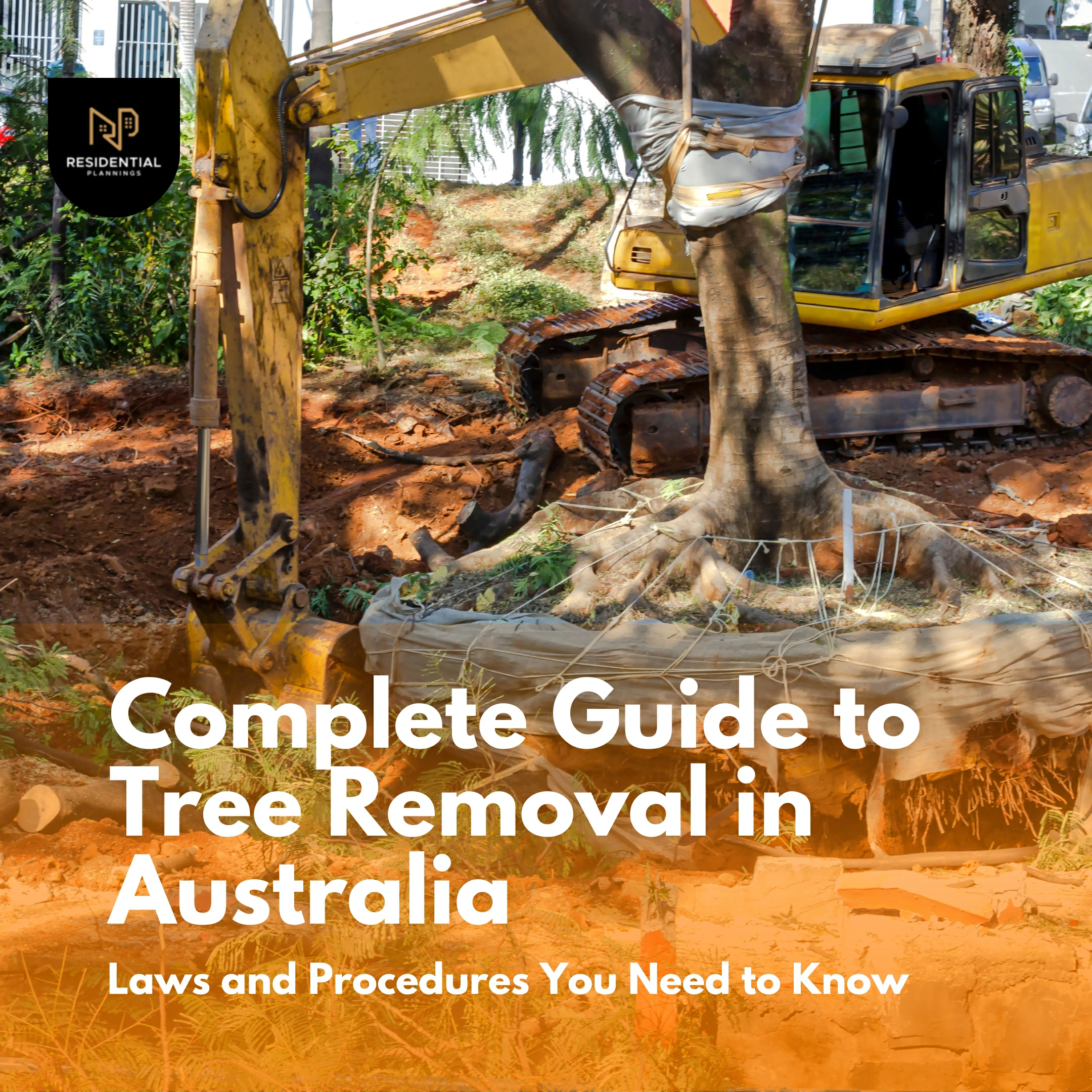If you’re a property owner in Australia considering tree removal, you may wonder whether you have the right to remove a tree from your land. The answer isn’t always straightforward, as tree removal laws and procedures can vary from state to state and even from one local council to another. In this guide, we’ll provide an overview of the key factors to consider before removing a tree from your property.
Understanding Tree Protection Laws in Australia
Australia is committed to preserving its unique biodiversity, which is why there are various laws in place to protect trees for their environmental, cultural, and aesthetic value. These laws are generally enforced at the local or state government level, with some federal regulations like the Environment Protection and Biodiversity Conservation Act 1999.
In most cases, you will need to obtain permission from your local council before removing a tree, especially if it is large, mature, or native. Failing to get the proper permits can lead to hefty fines or even legal action.

What Are Protected Trees?
Many local councils implement Tree Preservation Orders (TPOs) or similar regulations to protect trees that are considered to have significant environmental or cultural value. Protected trees typically include:
- Trees that exceed certain heights (e.g., 5 metres) or trunk diameters (e.g., 300mm).
- Native species such as acacia, eucalyptus, banksia, mangroves, and angophora.
- Historically or culturally significant trees.
- Trees that provide important wildlife habitat.
If the tree you intend to remove falls under any of these categories, you will likely need council approval.
Are There Exceptions to Tree Protection?

In some cases, you may be able to remove a tree without needing approval. These exceptions include:
- Small trees that fall below the size thresholds set by your local council.
- Non-native or invasive species considered pests.
- Trees that pose a direct threat to safety or property.
However, it’s always a good idea to check with your local council before proceeding with tree removal, as exceptions can vary between regions.
The 10/50 Rule for Tree Removal in Bushfire-Prone Areas
If you live in a bushfire-prone area, you may be able to remove trees within 10 to 50 metres of your home under the 10/50 Vegetation Clearing Code. This rule allows property owners to create a fire-safe zone around their homes without needing approval from the local council.
Restrictions and Exemptions Under the 10/50 Rule
- You are allowed to remove trees with a trunk circumference greater than 30 cm (measured 1.3 metres above the ground).
- Tree removal is not permitted on slopes greater than 18 degrees.
- Trees that are part of sensitive environments, like mangroves, are protected.
- Tree removal must be done carefully using techniques that reduce environmental impact, such as avoiding heavy machinery that may disturb the soil.
Consequences of Removing Protected Trees Without Approval
If you remove a protected tree without obtaining the necessary permission, you could face substantial fines. In New South Wales, for example, the fine can reach $110,000 in a local court or $1.1 million in the Land and Environment Court.
How to Legally Remove a Tree
To protect yourself from penalties, you must follow the legal process for tree removal. First, ensure the tree is not protected, or check the local regulations regarding tree removal. If the tree is protected or falls into a category that requires permission, you’ll need to submit a tree removal application to your local council. Consulting a certified arborist can help ensure your application is completed correctly.
Navigating Tree Removal Laws: Tips and Resources
- Check local regulations: Laws vary from state to state and from one local council to another.
- Consult a professional: If you’re unsure whether your tree is protected or how to apply for a permit, it’s advisable to seek professional advice.
- Prepare your application: Gather supporting evidence such as photographs or reports that show why the tree needs to be removed (e.g., safety concerns, property damage).
- Be aware of the consequences: Make sure you comply with all regulations to avoid hefty fines.
Frequently Asked Questions (FAQs)
Can I cut down a tree near my house?
If the tree is within the protected categories set by your local council, you’ll need approval before removing it. However, trees that pose an immediate safety risk may be removed without prior permission in certain circumstances.
Can trees be removed in bushfire-prone areas without permission?
Under the 10/50 rule, you can remove trees within 10-50 metres of your home in bushfire-prone areas without needing council approval, as long as you meet certain conditions.
Preserving the Environment: The Importance of Protecting Trees
While it’s crucial to understand the legalities surrounding tree removal, it’s equally important to consider the environmental impact. Trees provide essential benefits, including improving air quality, supporting wildlife, and enhancing the aesthetic and ecological value of your property. Before deciding to remove a tree, always weigh the potential environmental benefits of preserving it.
Get Expert Assistance with Tree Removal Permits from Residential Plannings
At Residential Plannings, we guide you through the complex process of tree removal laws and help you secure the necessary permits while ensuring your property complies with local regulations. Contact us today for expert advice and professional services in tree removal applications.




